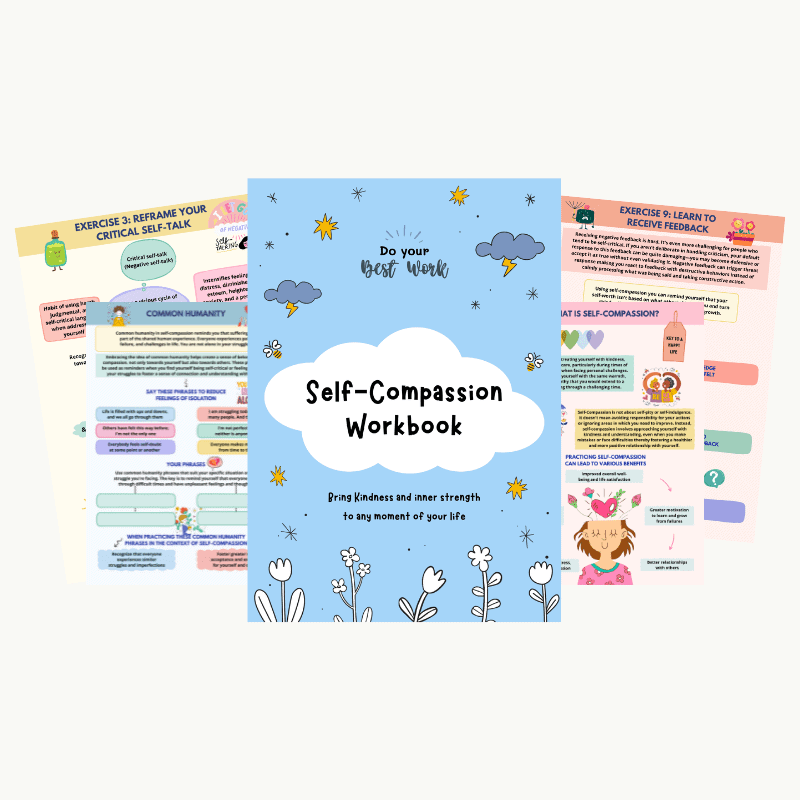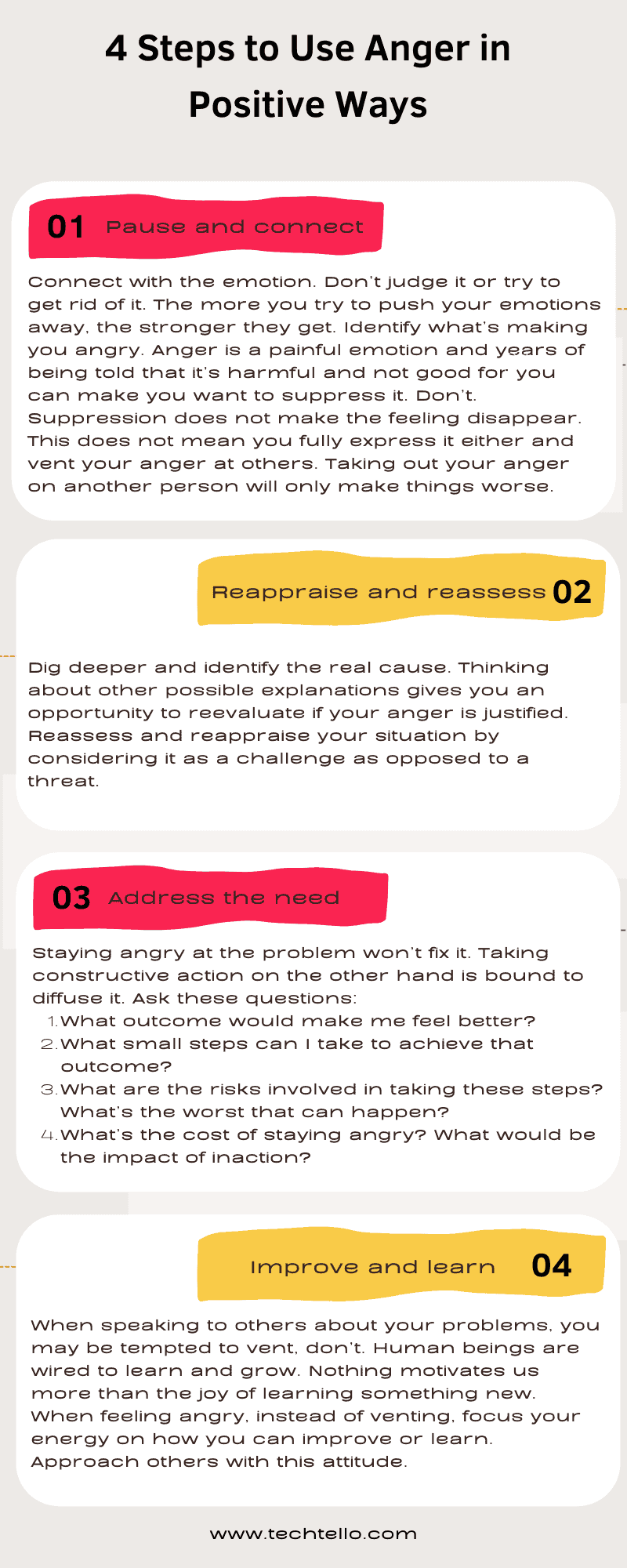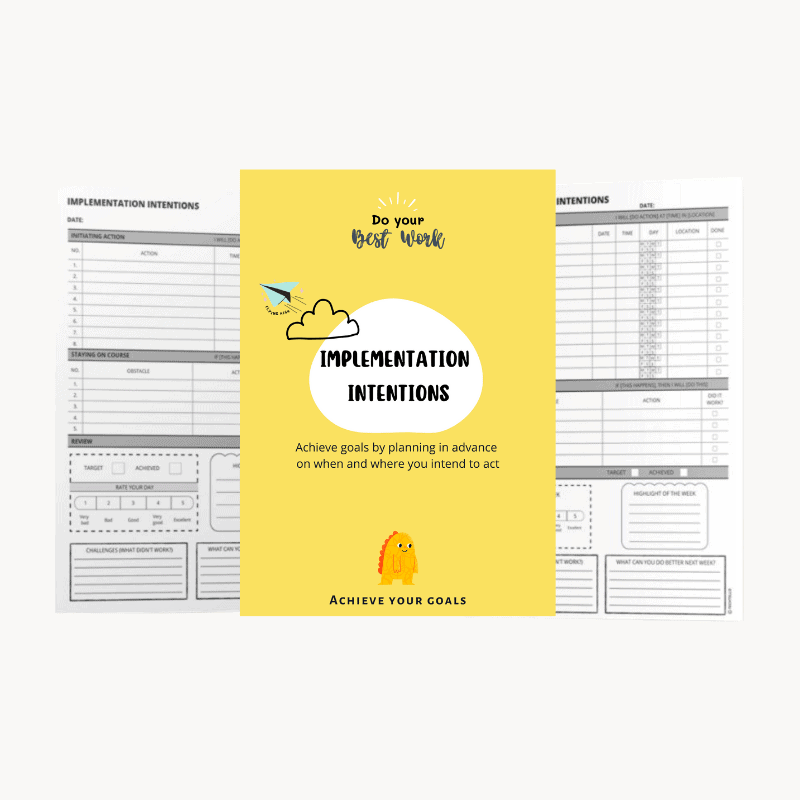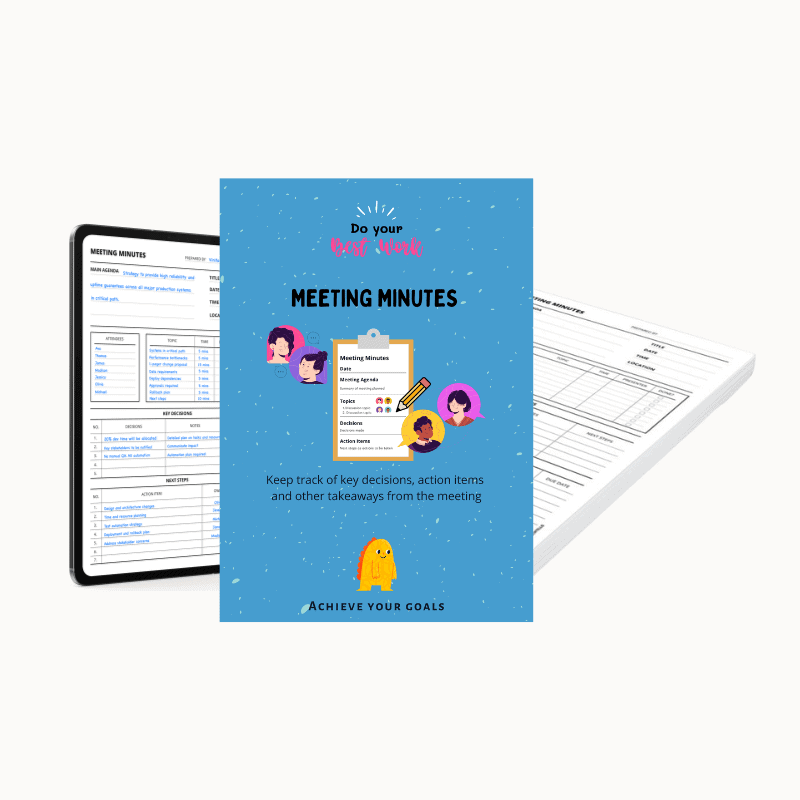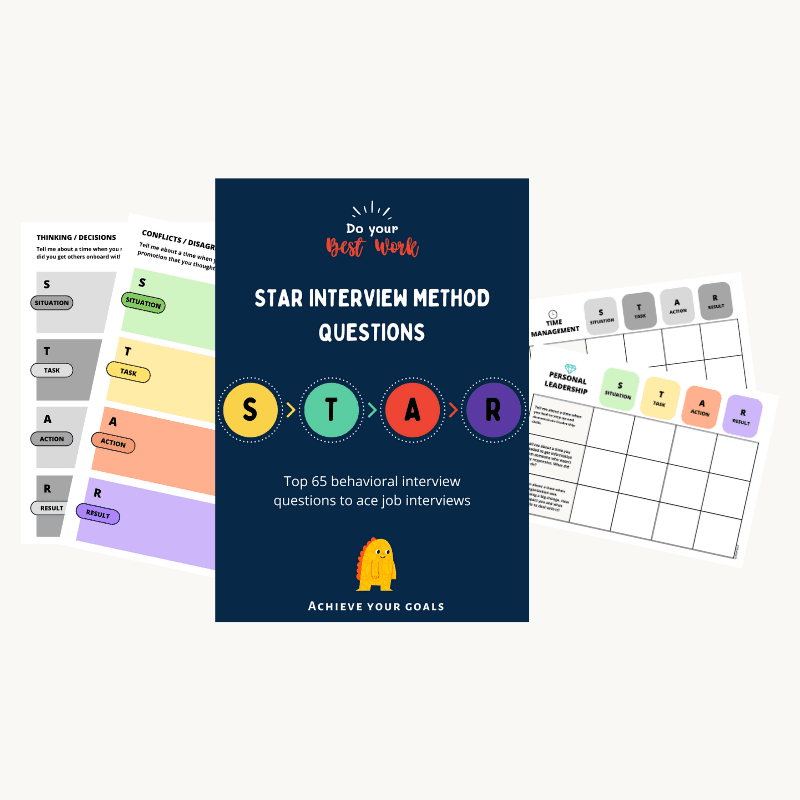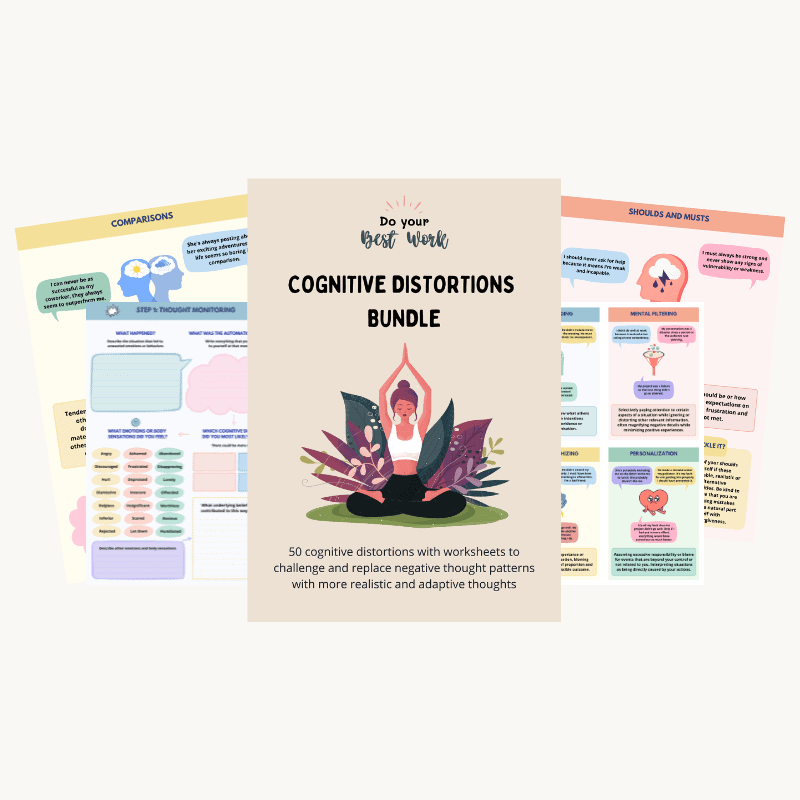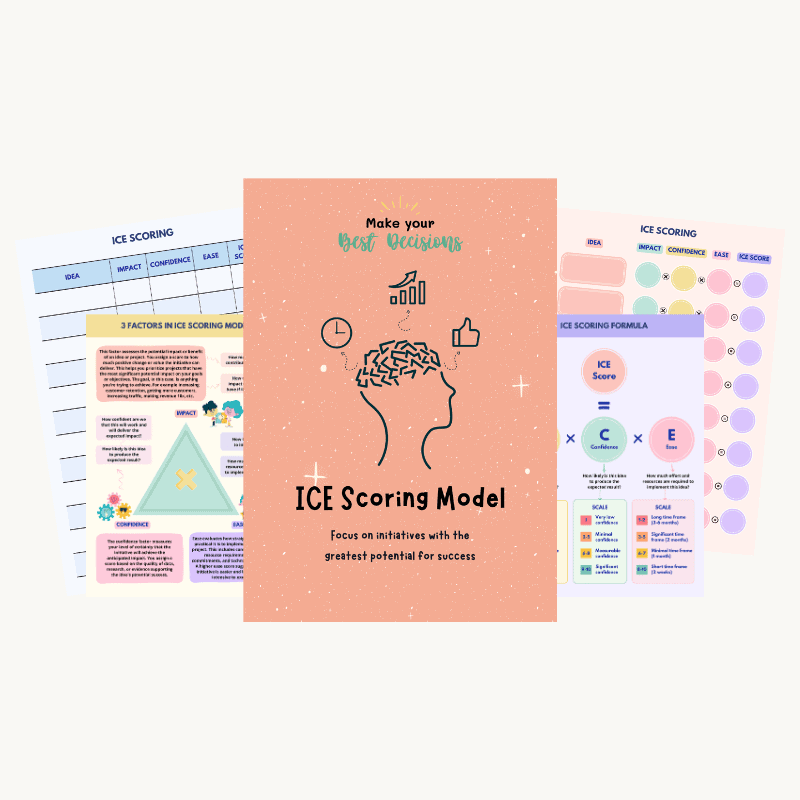Getting Angry at Work? Here’s How to Use Anger in More Positive Ways
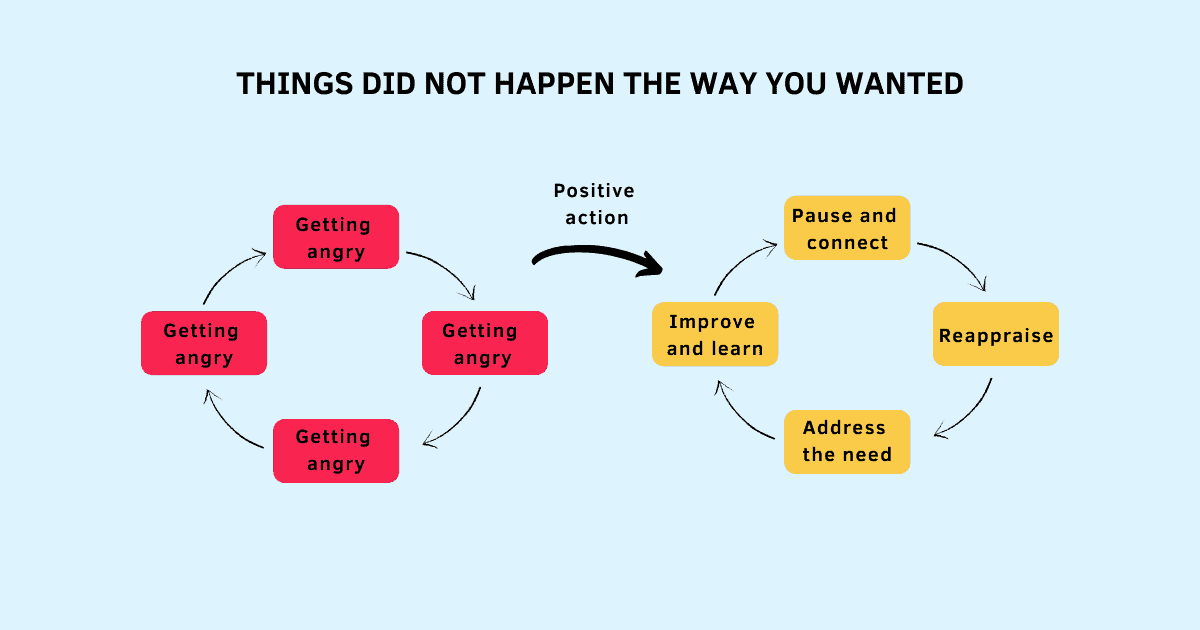
Do you get mad at work? Are these significant issues that are making you angry or are you losing your cool over small stuff—manager expecting a prompt reply, coworkers asking for help when you’re already drowned in work, customers who appear indifferent?
Your decisions are influenced by the emotions you feel. When you’re upset, it’s unlikely you will act in constructive ways. Strong negative emotions narrow your choices. You’re disadvantaged to think a certain way. Under the grip of anger, your attention is directed towards making the wrong right, proving your point, and feeling worthy again.
An enraged mind is in no condition to think strategically. Staying angry makes you prone to poor judgment; it makes you say things you will regret later.
Keeping your cool and calm especially in those situations when your fists are clenched and you feel like punching someone is the only way to channel your anger into something productive. Emotional regulation is the key to mastering your negative emotions.
Marc Brackett, research psychologist, and director of Yale Center for Emotional Intelligence calls the ability to regulate negative emotions, especially the feeling of anger as a master skill. In Permission to Feel, he writes “Emotion regulation is not about not feeling. Neither is it exerting tight control over what we feel. And it’s not about banishing negative emotions and feeling only positive ones. Rather, emotion regulation starts with giving ourselves and others the permission to own our feelings—all of them.”
With practice, you can learn emotional regulation—the ability to handle negative emotions of anger in a way that’s good for you.
4 steps to use anger in positive ways
Step 1: Pause and connect
Connect with the emotion. Don’t judge it or try to get rid of it. The more you try to push your emotions away, the stronger they get.
Identify what’s making you angry:
- Is it the fear of losing something?
- Are you feeling hurt about an unfair decision?
- Is it the stress of not meeting others’ expectations?
- Did someone make you feel unworthy by passing an offensive comment?
- Are you anxious about not knowing how to deal with a challenge or a difficult situation?
- Is it the work pressure that’s making you mad?
- Is it something else?
There can be many reasons. Anger is a painful emotion and years of being told that it’s harmful and not good for you can make you want to suppress it. Don’t. Suppression does not make the feeling disappear.
This does not mean you fully express it either and vent your anger at others. Taking out your anger on another person will only make things worse.
Instead of suppressing or expressing, reappraise your anger.
Mark Brackett writes in Permission to Feel “When we ignore our feelings, or suppress them, they only become stronger. The really powerful emotions build up inside us, like a dark force that inevitably poisons everything we do, whether we like it or not. Hurt feelings don’t vanish on their own. They don’t heal themselves. If we don’t express our emotions, they pile up like a debt that will eventually come due.”
While connecting, let the emotion in. Allow your body to feel it. But don’t judge it as right or wrong. Then, reappraise your anger.
Self-Compassion Workbook
Cultivate kindness and strength in the face of difficulty and foster a new, more gentle and loving perspective on your struggles.
Step 2: Reappraise and reassess
Dig deeper and identify the intricacies of what you feel. Does the issue that’s making you angry seem minor on the surface? Is there hidden negative energy that’s causing the outburst? For example, you might have ignored your colleagues’ bad behavior for a long time. All those pent-up emotions may show up when you’re already stressed about work overload.
Connecting your emotions to the real cause gives you an opportunity to reassess the situation.
Liz Fosslien writes in No Hard Feelings “The greatest weapon against stress is our ability to choose one thought over another.”
Is it possible that your boss didn’t invite you to that meeting not because she dislikes you, but because she thinks it won’t add value to your time?
Is it possible that your team member refused to help out because she’s going through a personal issue at home?
Thinking about other possible explanations gives you an opportunity to reevaluate if your anger is justified.
Here’s another great strategy to reappraise. Research shows that appraising problems as a challenge rather than a threat will help you focus, adapt better to difficult conditions, and take the necessary steps to succeed. Instead of thinking of the problem as a threat, view it as a challenge.
Step 3: Address the need behind your emotion
If you’ve been treated unfairly, blamed for something you did not do or a mean remark from someone offended you, your anger is justified. However, staying angry at the problem won’t fix it. Taking constructive action on the other hand is bound to diffuse it.
Ask these questions to address your need behind the anger and move ahead:
- What outcome would make me feel better?
- What small steps can I take to achieve that outcome?
- What are the risks involved in taking these steps? What’s the worst that can happen?
- What’s the cost of staying angry? What would be the impact of inaction?
By taking action aligned with the outcome you desire, you can turn your anger to work for you instead of against you.
Sometimes your anger may stem from someone’s behavior—for example, let’s say someone just yelled at you—yelling back or feeling bad about yourself won’t help. Instead, talk to them about how their behavior affected you.
For example, you may say: You seem angry right now. Getting upset won’t fix the problem. What do you suggest we do to solve the problem you’re facing?
Or
You seem angry right now. When you yell, it upsets me and I am not able to contribute productively.
Talking about the impact that their anger has on you might help them readjust their behavior.
It’s also possible you may come across a difficult or toxic boss (or another person) and cannot share how you feel. In those situations, instead of feeling helpless and hopeless about your situation, remind yourself that some things are not under your control. Instead of wasting your energy trying to fix them, identify what you can do to reduce their impact on you.
Step 4: Improve and learn
When looking for a solution to your anger, you may reach out to close friends, acquaintances, or people in your network. Asking for help on how others dealt with similar situations or advice on how to better manage your anger is the right thing to do.
However, when speaking to others about your problems, you may be tempted to vent, don’t. Repeating the problem without trying to find a solution will only cause your anger to escalate. Venting to others may be temporarily relieving, but it only makes you and the other person feel worse. It also casts you as a negative person who speaks ill about others.
Human beings are wired to learn and grow. Nothing motivates us more than the joy of learning something new. When feeling angry, instead of venting, focus your energy on how you can improve or learn. Approach others with this attitude.
Be kind to yourself. Being self-compassionate when you’re feeling angry will not only make you feel better, it will switch your brain from engaging in unhealthy rumination to a desire to seek solutions. As Kristin Neff writes in Self-Compassion “Self-kindness allows us to feel safe as we respond to painful experiences, so that we are no longer operating from a place of fear—and once we let go of insecurity we can pursue our dreams with the confidence needed to actually achieve them.”
Once you’re feeling calmer, pose your problem as a challenge and ask these questions:
- I felt [this…] when [so and so happened…]. Have you faced a similar problem before?
- How did you deal with it?
- What strategies worked for you?
- What are some of the things to avoid?
- What did you learn?
Now, apply some of these strategies and congratulate yourself on becoming a better person by handling the difficult situation as a grown-up.
Anger may seem like a negative emotion that is harmful and destructive, but only when you engage with it without mindfulness. By pausing and connecting, reappraising, addressing your need, and considering it as an opportunity to improve and learn, you can channel it into positive energy—look for creative solutions, go after the things you desire, and feel in control of your situation.
Summary
- Staying angry isn’t good for your mental health and personal well-being. It also impacts how you engage with others and the outcomes you achieve at work.
- Instead of making destructive choices under the influence of anger, you can take steps to use anger in more positive ways.
- 1st step: Don’t deny or try to suppress your emotions. Let them in without judging them as right or wrong.
- 2nd step: Dig deeper and identify the real cause. Reassess and reappraise your situation by considering it as a challenge as opposed to a threat.
- 3rd step: Identify what you desire as an outcome and take steps to achieve it.
- 4th step: While seeking advice from others, instead of venting, view it as an opportunity to improve and learn.

